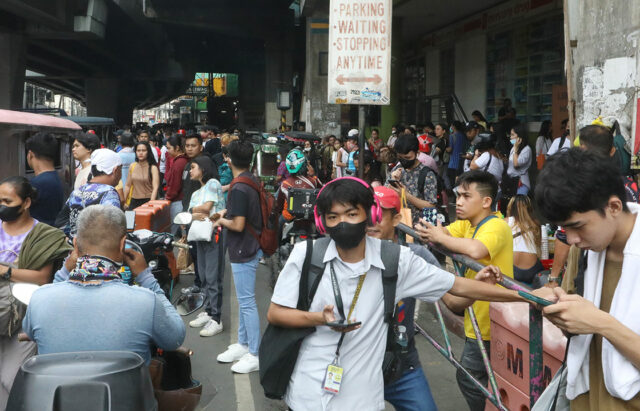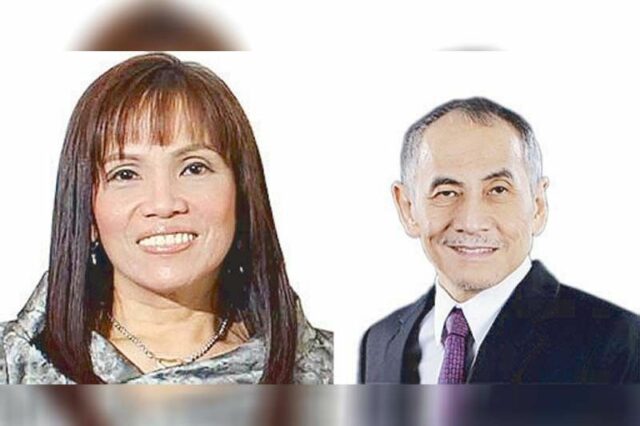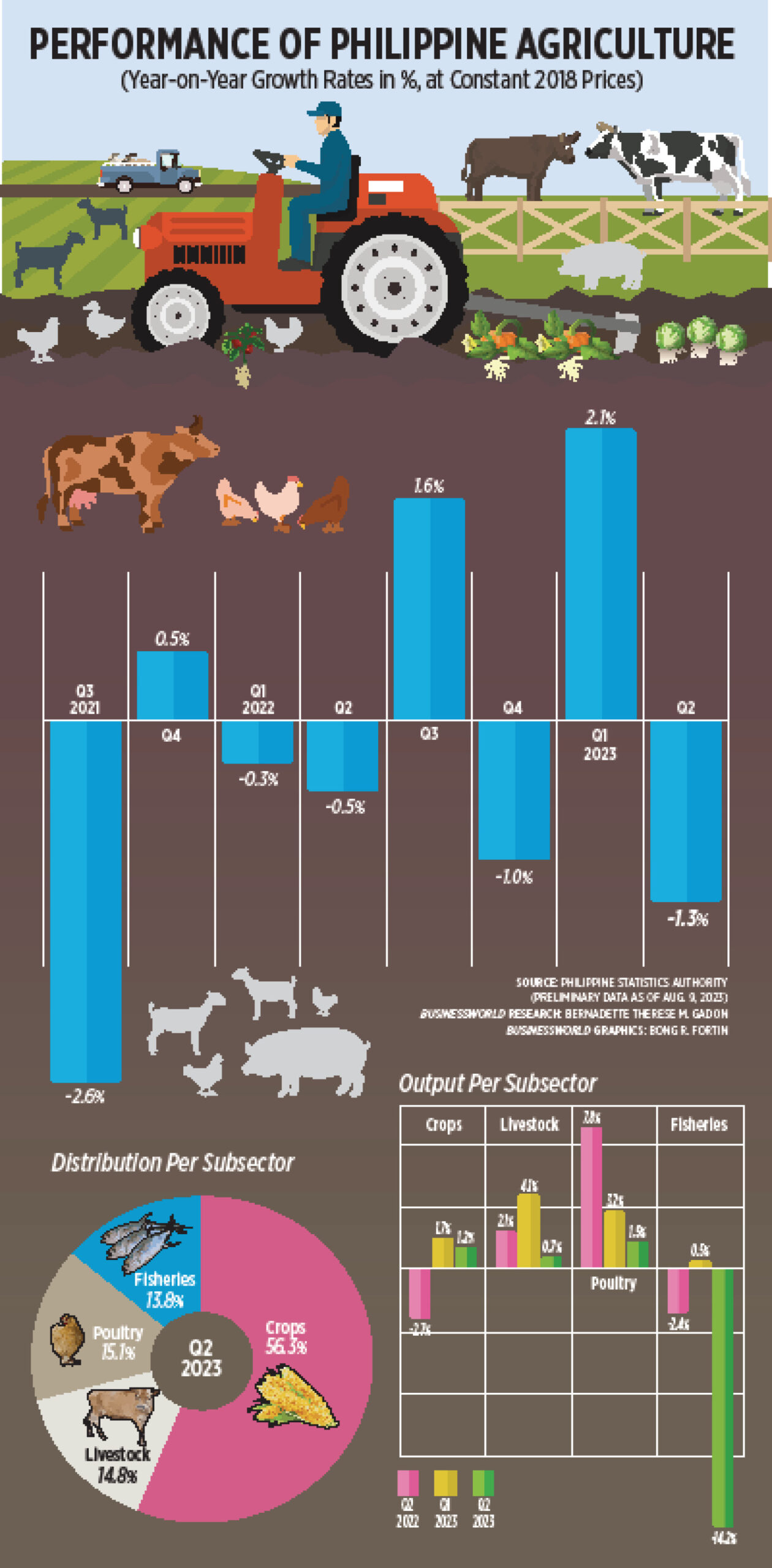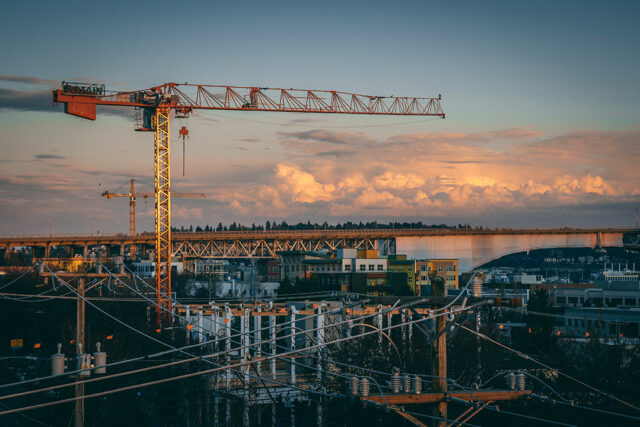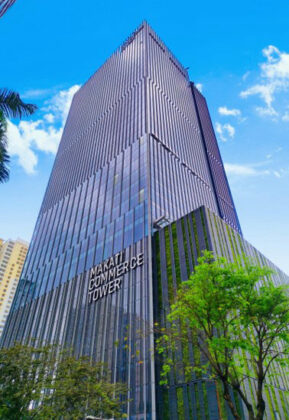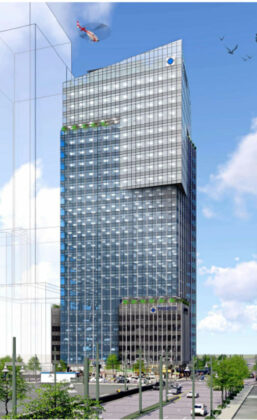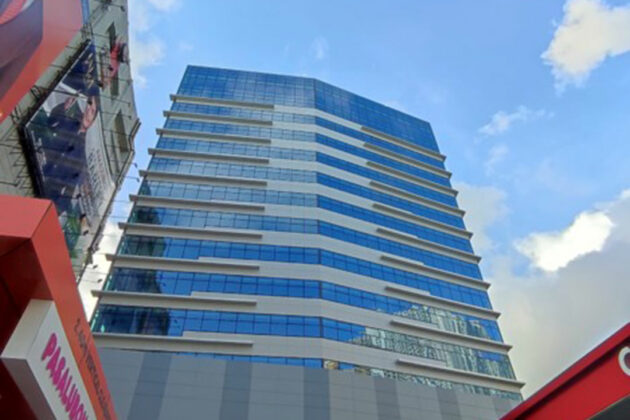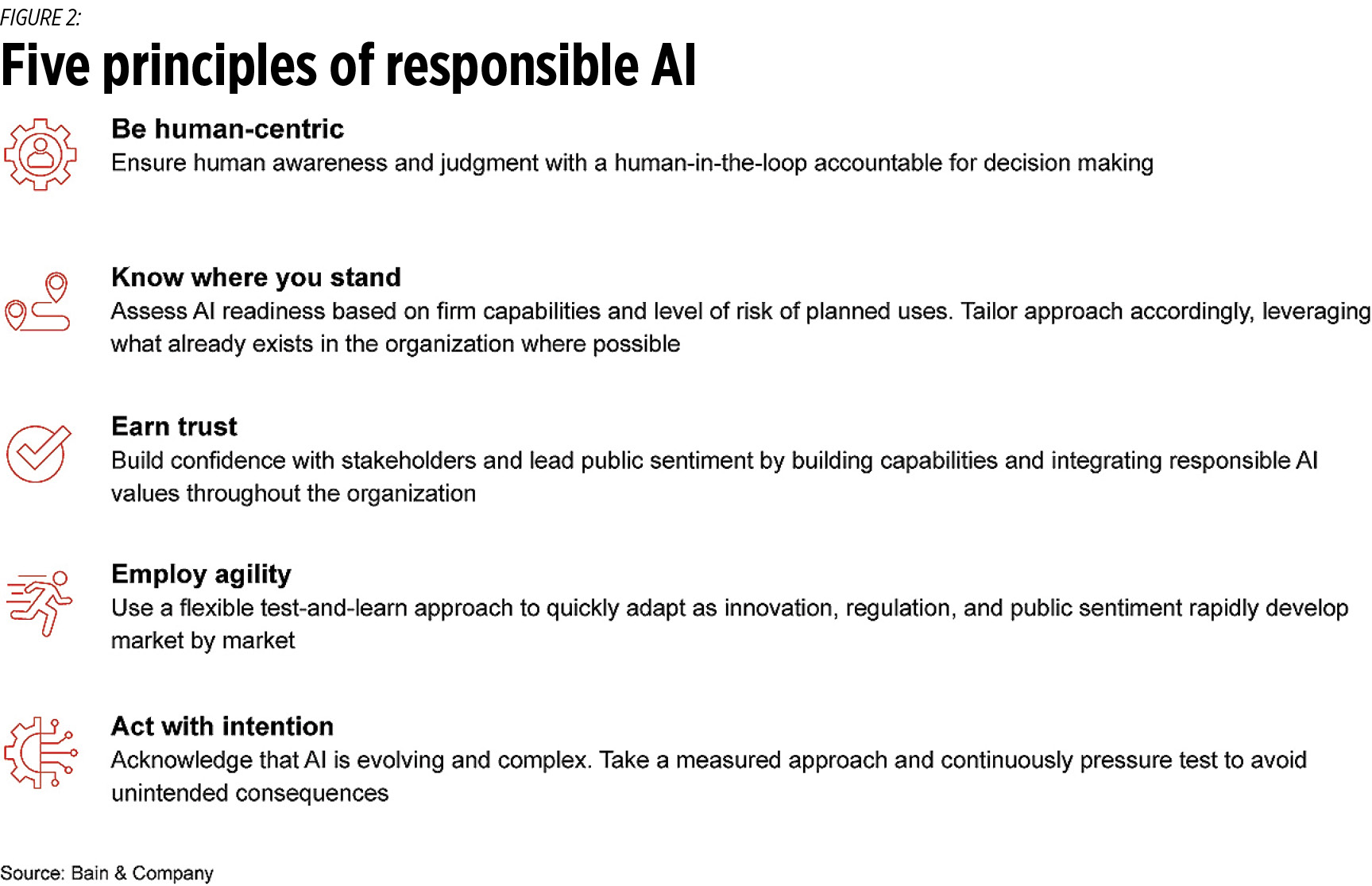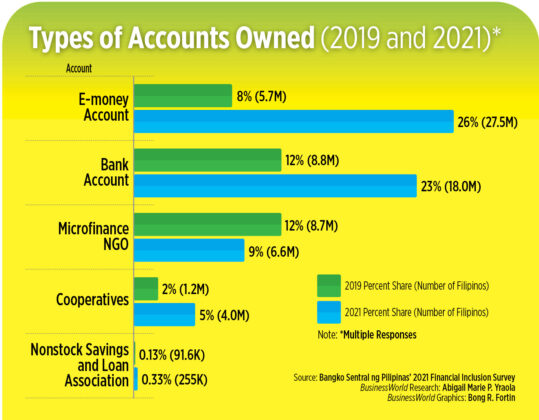NEDA says rice price ceiling is only a ‘temporary measure’

By Luisa Maria Jacinta C. Jocson and Kyle Aristophere T. Atienza, Reporters
THE PRICE CEILINGS for rice will only be temporary, the National Economic and Development Authority (NEDA) said on Sunday.
“We are confident that the imposition of a price ceiling is only a temporary measure. We expect the rice harvest to commence soon and anticipate that other initiatives will produce the desired result,” the NEDA said in a statement on Sunday.
President Ferdinand R. Marcos, Jr. on Friday issued Executive Order (EO) No. 39, which imposes a price ceiling of P41 per kilogram for regular milled rice and P45 per kilogram for well-milled rice.
His office has said illegal price manipulation practices, such as hoarding by “opportunistic traders” and collusion among cartels amid the lean season as well as external factors have caused the “alarming” spike in retail prices of rice.
The NEDA defended the EO, saying it will immediately reduce rice prices and penalize hoarding.
“The imposition of a price ceiling on rice is not a standalone initiative. Law enforcement authorities continue their valiant efforts to crack down on individuals who hoard, excessively profit from, smuggle, or participate in rice cartels,” the NEDA said.
The price ceilings will take effect on Sept. 5 and remain in place until these are lifted by the President.
Latest data from the Department of Agriculture (DA) showed that as of Aug. 30, the retail price of a kilogram of local well-milled rice rose to P47-P56 from P42 a year ago. Regular milled rice ranged from P42-P55, higher than the P38 average a year ago.
“With the upcoming harvest season starting in September and additional import orders already secured, there will also be enough rice for the rest of the year,” the NEDA said.
It noted that rice prices have sharply increased in the last few weeks, which it said is inconsistent with the supply and demand situation.
This implies that some are manipulating the expected impact of El Niño Southern Oscillation (ENSO) to depict a shortage at this time,” the NEDA said.
The state weather agency said a moderate El Niño is present in the tropical Pacific, and this may strengthen into moderate to strong towards the latter part of the year. It will also likely persist until the first quarter of 2024.
El Niño increases the likelihood of below-normal rainfall conditions, which could bring dry spells and droughts that could adversely impact climate-sensitive sectors such as water resources, agriculture, energy, health, and public safety.
IMPACT ON FARMERS
Meanwhile, economists have warned that imposing price caps on rice could limit the supply of the food staple and force traders to go underground.
The move would also significantly affect rice farmers, who are expected to lower farmgate prices, they said.
While the order may cool prices temporarily, it “may result in the emergence of inefficiencies with regard to supply and demand, which may result in shadow or black-market trading,” ING Bank N.V. Manila Senior Economist Nicholas Antonio T. Mapa said in a Viber message.
Leonardo A. Lanzona, who teaches economics at the Ateneo de Manila University, said the price ceilings on rice can prove disastrous for both farmers and traders.
Traders might hesitate to buy rice from farmers, who will be left with no choice but to cut farmgate prices, he said via Facebook Messenger chat.
“Its immediate effect is to pull down production and reduce supplies in the market,” Mr. Lanzona said.
Raul Q. Montemayor, national manager of the Federation of Free Farmers, said palay prices immediately went down by P3 per kilo in some areas after the order was announced on Friday.
“If the price ceilings are too low, retailers will just stop selling rice instead of losing money or being fined for overpricing,” he said in a Viber message. “Both farmers and consumers could end up losing.”
An artificial control like price capping normally creates a gap between consumer demand and actual supply, said Enrico P. Villanueva, a senior lecturer of money and banking at the University of the Philippines Los Baños, noting that the move will only favor a lucky group of consumers who are able to buy rice at the capped price “while leaving other consumers disgruntled as there is no supply left for them.”
Mr. Villanueva said raw grain buyers may use the retail price for milled rice as leverage to push down farmgate prices.
“Big traders may hoard in response to a price cap,” he added. “The unscrupulous ones may pass off regular rice as premium rice to evade the cap.”
Mr. Lanzona said the price ceiling can only be implemented in the long run if the “government would increase government subsidies and thus reinstate the National Food Authority, which had virtually been defunct in the last few years.”
“The only way to justify these price regulations is to establish that a monopoly exists. While various market failures exist in the rice market, the market is not a monopoly,” he said, noting that the problem seems to be the “huge transaction that allows middlemen and scrupulous traders to jack up the retail prices above the farm gate prices.”
The solution then, Mr. Lanzona said, is to enable more players to engage in the rice market, such as micro, small and medium enterprises and farmers, who can transact directly with the consumers.
Mr. Villanueva, meanwhile, said the government should fulfill its promise of boosting local production and make importation more competitive over the medium term.
“It’s unfortunate that despite the law shifting importation policy from quotas to tariffs, the DA still effectively imposes a quota by setting import volume limits,” he said. “Importation should be free and competing, with market players competitively assessing demand and supply factors.”
The Foundation for Economic Freedom (FEF) called on the government to cut import tariffs on rice from Association of Southeast Asian Nations (ASEAN) countries to 10% from the current 35%.
“This will have an immediate effect on lowering rice prices. The government can afford to lower rice tariffs because the mandatory P10-billion allocations for the Rice Competitiveness Enhancement Fund (RCEF) as stipulated by the Rice Tariffication Law (RTL), has already been achieved,” it said.
Citing data from the Bureau of Customs, collections from rice tariffs have reached P16.8 billion as of Aug. 26.
“The government may restore the tariff rates back to 35% when the demand and supply situation stabilizes and if the onset of the harvest season results in falling rice prices,” the FEF said.
The FEF also called on the government to amend the Comprehensive Agrarian Reform Law (CARL) to increase the farmland retention limit to “an economically viable” 24 hectares.
“Because of CARL, average farm sizes have fallen to one hectare or less. The country needs bigger and better-managed farms to increase agricultural productivity thereby increasing supply and reducing food prices,” it said.
Meanwhile, Rizal Commercial Banking Corp. Chief Economist Michael L. Ricafort said that the price cap could help ease inflationary pressures.
“The latest rice price ceiling will help curb inflation, if implemented well in terms of compliance by market players,” he said in a Viber message.
Headline inflation eased to 4.7% in July, bringing the seven-month average to 6.8%. The Bangko Sentral ng Pilipinas said inflation likely settled within the range of 4.8% to 5.6% in August, due to the sharp increase in rice and fuel prices.
The Philippine Statistics Authority is set to release August inflation data on Tuesday.

